What is a four-act story structure?
Most of us are familiar with the classic three-act structure: 1) setup, 2) conflict, and 3) resolution. This is a tried and true formula behind stories of “good versus evil” or the hero’s journey, as popular examples especially in the Western world.
While less commonly taught, the four-act model has long been a part of storytelling traditions across cultures with Japan in particular having developed the most widely known four-part structure called Kishōtenketsu – translated to “introduction” (Ki), “development” (Shō), “twist” (Ten), and “reconciliation” (Ketsu).
Act 1: Introduction (Ki)
Introduce the characters, world, tone, and and inciting incident.
Act 2: Development (Shō)
Develop the character(s) through routines, challenges, and/or reversals
Act 3: Twist (Ten)
Confront characters with surprise twist and transformative choices
Act 4: Reconciliation (Ketsu)
Reconciles character(s) with the confrontation or twist.
Why four acts vs. three acts?
Unlike the traditional three-act model, Kishōtenketsu and the four-act approach in general organizes a story not around a singular conflict, but around progression, surprise, and resolution.
This scaffolding provides cleaner hinges for a story to pivot, making it ideal for writers who want flexibility and rhythm in addition to these key distinctions:
Contrast and juxtaposition over central conflict
Surprise and thematic resonance over singular climax
Reflection and discovery over linear escalation
A fictional world suddenly isn’t so black and white, each character not strictly “good” or “evil” but more ambiguous, and the writers have more flexibility to explore tonal dimensions of their story.
Five examples from literature and film:
Pride and Prejudice (1813) by Jane Austen
Introduction (Ki)
The Bennett family and potential suitors are introducedDevelopment (Shō)
Social missteps and Mister Darcy’s proposal to Elizabeth BennettTwist (Ten)
Lydia Bennett’s scandal and Mister Darcy’s letterReconciliation (Ketsu)
Elizabeth Bennett and Mister Darcy reconcile
Kafka on the Shore (2002) by Haruki Murakami
Introduction (Ki)
Kafka and Nakata live parallel livesDevelopment (Shō)
Both characters venture deeper into increasingly surreal situationsTwist (Ten)
A metaphysical threshold crossing where their realities blurReconciliation (Ketsu)
Their paths converge thematically
Get Out (2017) by Jordan Peele
Introduction (Ki)
Chris visits Rose’s family estateDevelopment (Shō)
Uneasy microaggressions from Rose’s family build tensionTwist (Ten)
”Hypnosis” and “The Sunken Place” reveal the plotReconciliation (Ketsu)
Chris breaks the cycle in a bloody reckoning
Everything, Everywhere, All at Once (2022) by The Daniels
Introduction (Ki)
Evelyn’s life introducedDevelopment (Shō)
Multiverse rules learnedTwist (Ten)
Jobu Tupaki revealed and nihilism loomsReconciliation (Ketsu)
Evelyn chooses empathy and reconnection
My Neighbor Totoro (1988) by Hayao Miyazaki
Introduction (Ki)
Sisters Mei and Satsuki move to the countryside with their fatherDevelopment (Shō)
The sisters’ hidden forest life and encounters with TotoroTwist (Ten)
Mei goes missing and Totoro is enlisted to helpReconciliation (Ketsu)
Sisters reunited, communal bond strengthened with nature
How can a four-act structure work for collaborative storytelling?
The four-act story structure is a natural fit for collaborative writing because each participant can build, twist, and resolve without feeling forced into a three-act “showdown”. Collaborative storytelling is a conversation, not a competition.
There is also the practical benefit of having an even number of acts (4) as opposed to odd (3), which divides equally between two (2) co-writers.
Switch-Lit’s approach to collaborative storytelling is uniquely defined by its turn-based creativity and surprise in writing with another person, which is where four-part frameworks shine. The goal is not rigidity but momentum: each act ends with a turning point, handing off new tensions or a perspective shift to the next writer.
Write a four chapter Switch-Lit story with your partner (2 chapters each):
Chapter 1 (Introduction): Writer A sets the stage.
Chapter 2 (Development): Writer B deepens the world or characters.
Chapter 3 (Twist): Writer A introduces a radical shift or unforeseen event.
Chapter 4 (Reconciliation): Writer B weaves a satisfying or enigmatic close.
(Or maybe you want to write each of your own chapters in a four-act structure, and so your story becomes a series of narrative loops or cycles of exploration? 🤔)
Whether you follow the Western three-act model or the Kishōtenketsu tradition, I hope you maintain a shared rhythm with your partner while retaining the freedom to explore new tonal or thematic territories, much like the characters themselves are apt to do in a four-act story world.
– Ken
S••L Editor
Featured prompt:
Prompt 1
It was a liberating first date of skating, ecstasy, and criminal behavior.
by Switch-Lit
Need a writing partner?
Join one of our “Subrosa" rounds to get paired with a total stranger – at random or according to your basic preferences – and write a Switch-Lit story together.
😶🌫️👹🥸🙈
Subro•sa (adj): “Under the rose”, secretive, private, in confidence
Did you know?
Afghan rugs are not only functional and beautiful pieces of woven art but carry a unique storytelling tradition within their intricate designs and patterns. “War rugs” emerged during the Soviet occupation of Afghanistan in 1979 and depict scenes of war, weaponry, and conflict highlighting the realities and struggles of the Afghan people during times of war even until today. These rugs continue to serve as both historical records and a woven works of art garnering international recognition.
Explore war rugs here via London-based curator and writer Rachel Dedman.
Don’t give up.
“It is a little sad, a little scary, a little surprising and a little informative, just like life itself. It depends on a situation instead of a plot, and suggests that the wonder of life and the resources of imagination supply all the adventure you need.”
– Roger Ebert, film critic on My Neighbor Totoro (read his full review here)



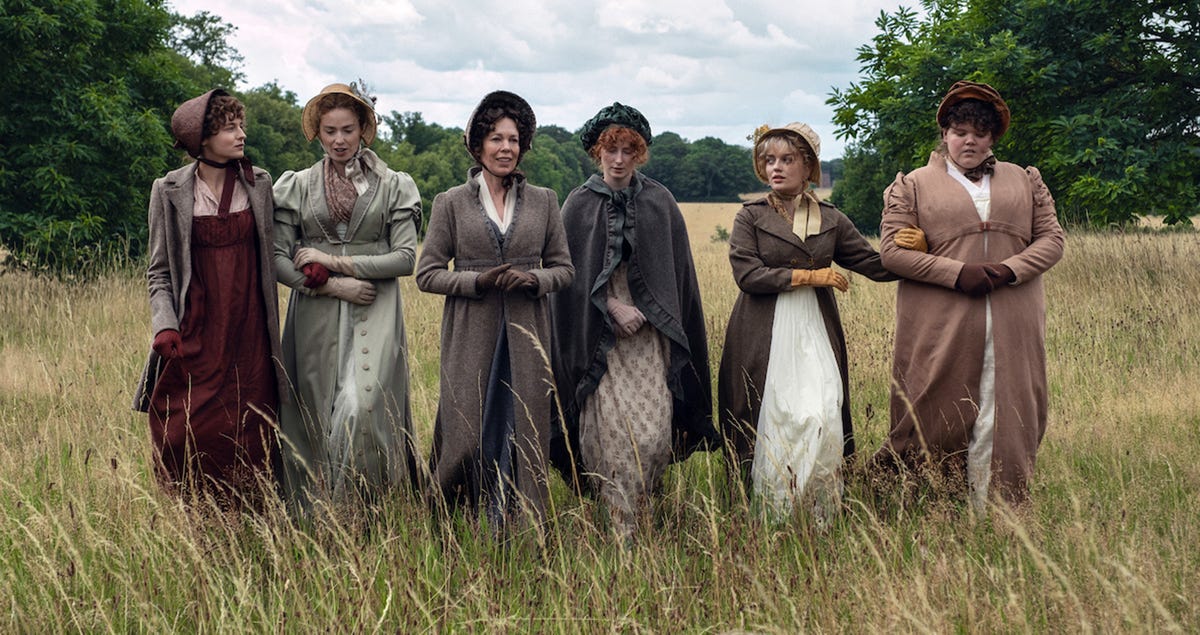
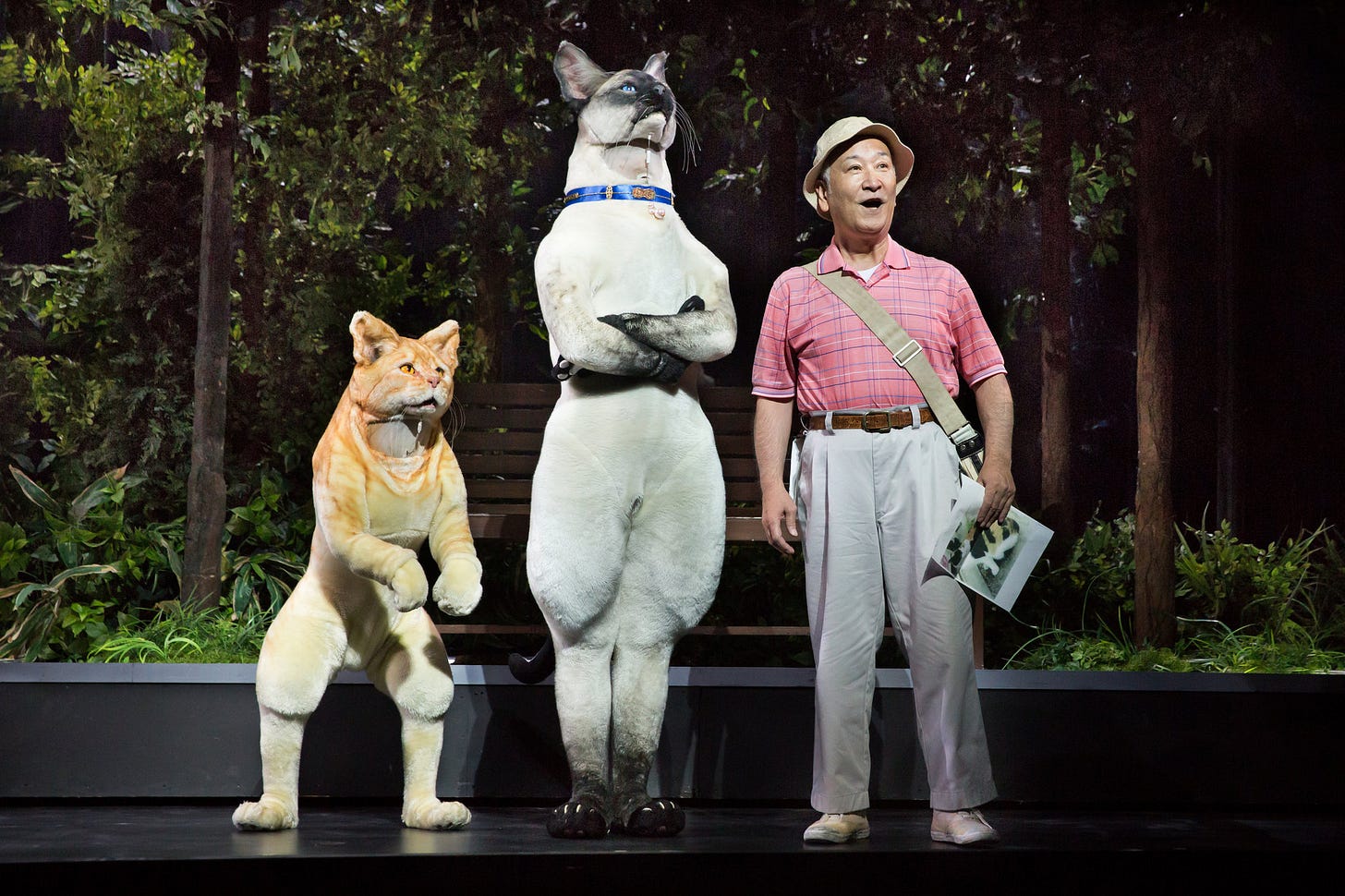
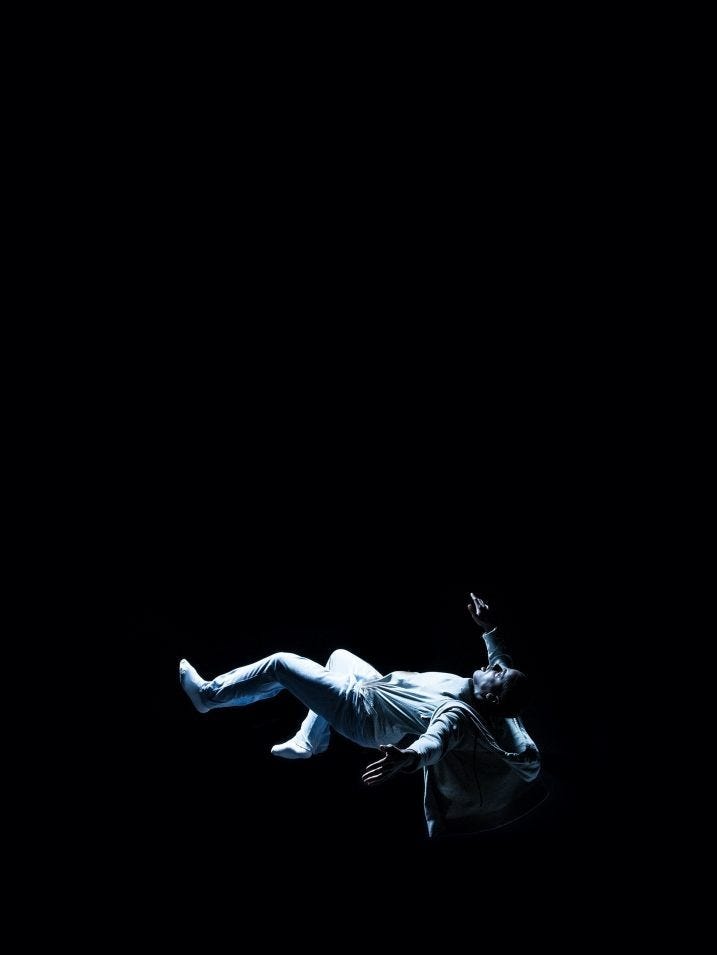
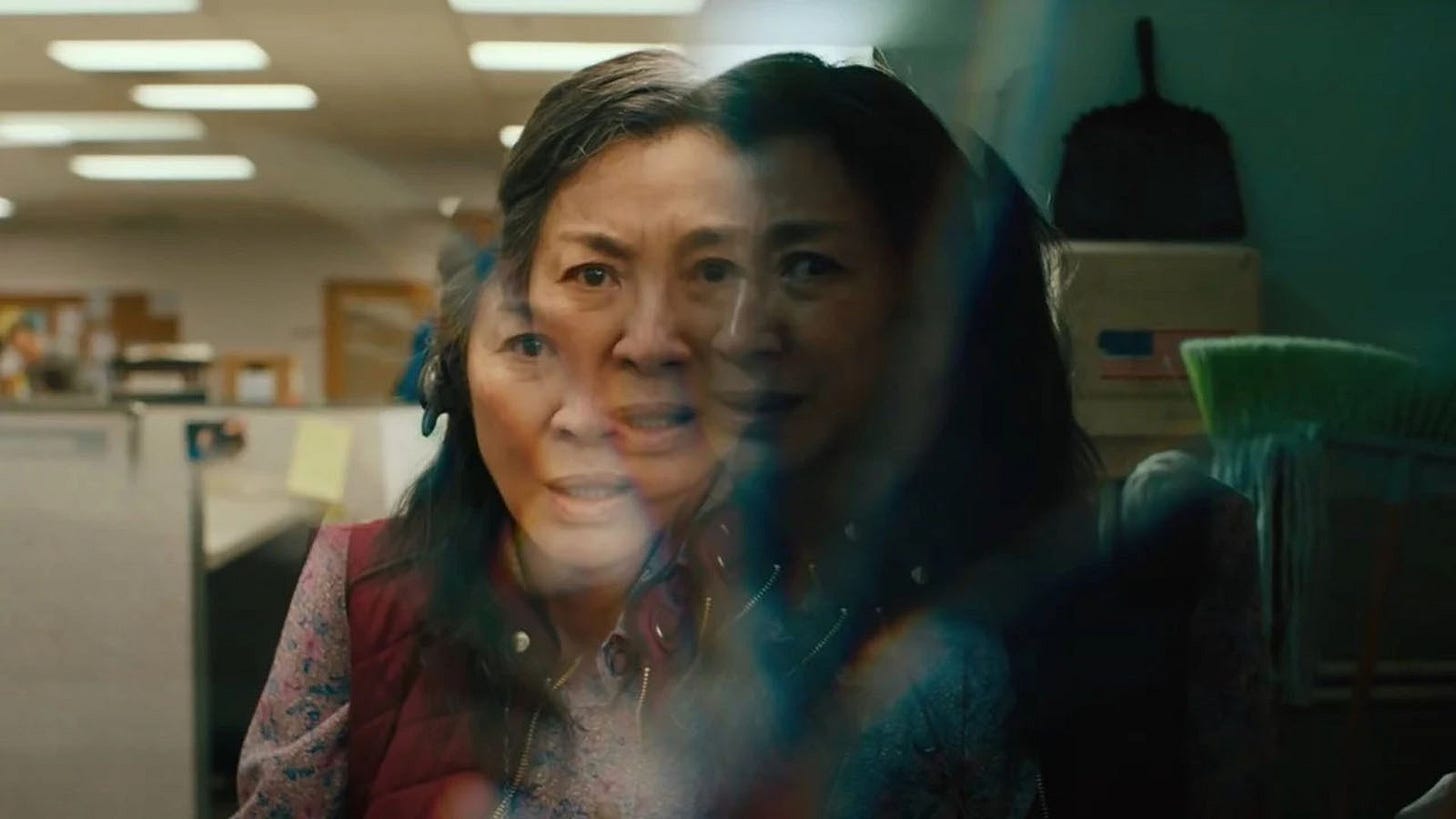
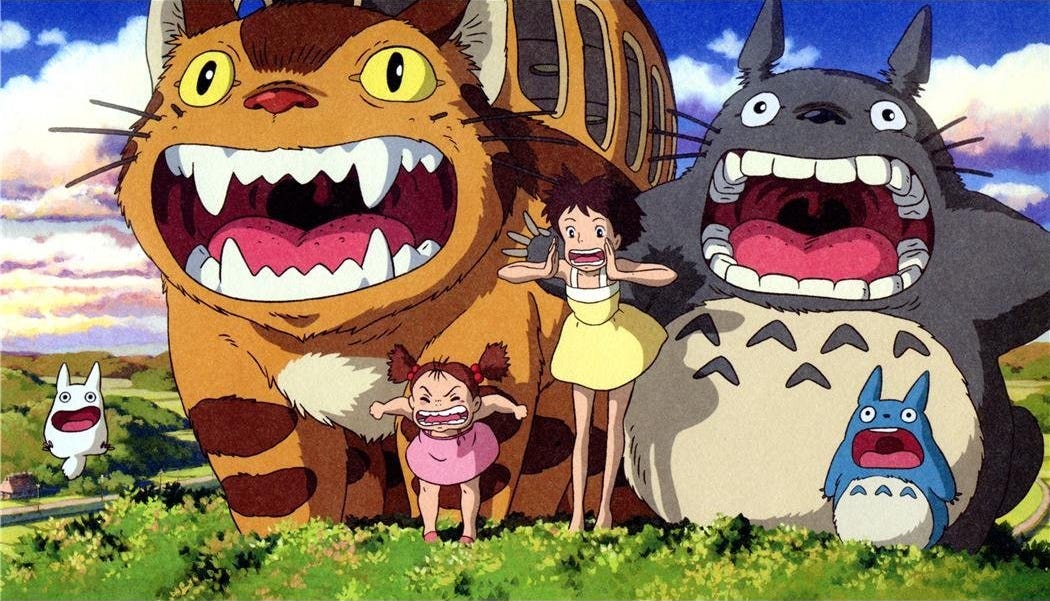
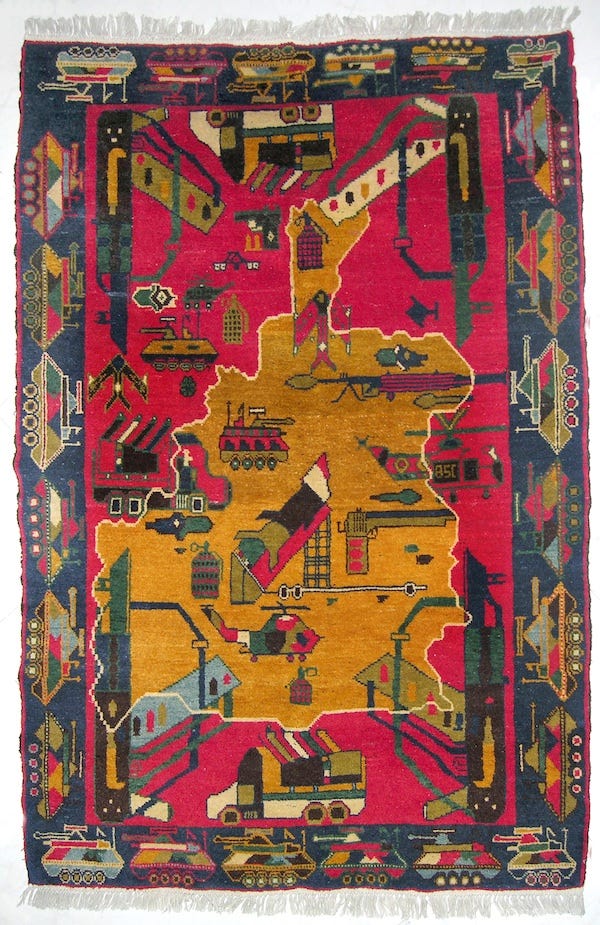
I find this very interesting and while I quite like a couple of the stories illustrated here, I can't help but see this as just an elongation of the three act structure. One could still say the development and initial conflict fall into the act 1 and the rest follows as usual